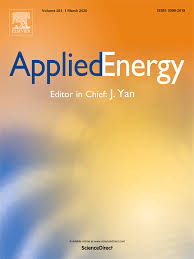
Emerging 5G networks and 5G-based Internet of Things (IoTs) can doubtless provide better infrastructure for DR, owing to 5G’s advantages of fast transfer speed, high reliability, robust security, low power consumption, and massive number of connections. However, nearly none of the existing studies have applied 5G technology to DR, which will be the subject surveyed […]

The focus of wireless research is increasingly shifting toward 6G as 5G deployments get underway. At this juncture, it is essential to establish a vision of future communications to provide guidance for that research. In this paper, we attempt to paint a broad picture of communication needs and technologies in the timeframe of 6G.

Driven by the emergence of new compute-intensive applications and the vision of the Internet of Things (IoT), it is foreseen that the emerging 5G network will face an unprecedented increase in traffic volume and computation demands.

The British government said it would bar telecom companies from purchasing new equipment made by China’s Huawei Technologies Co. for their 5G networks in a further sign of the deteriorating relations between Beijing and the West.

5G stands for fifth-generation cellular network technology, the next major development in wireless communications. While companies preach about the 5G “revolution” and governments scramble to win a “race,” we’re often left scratching our heads. In this guide, we’ll get you up to speed on what matters about 5G.
